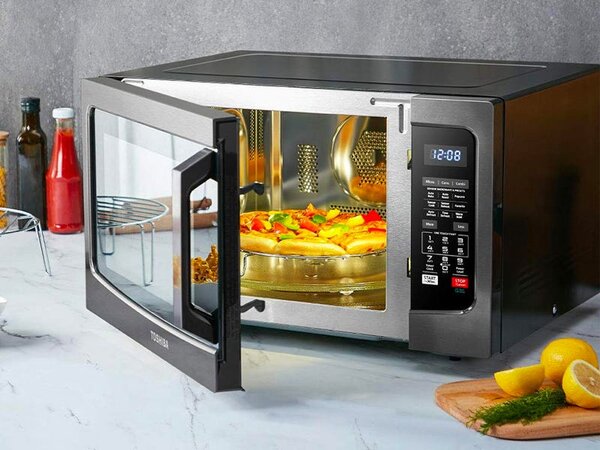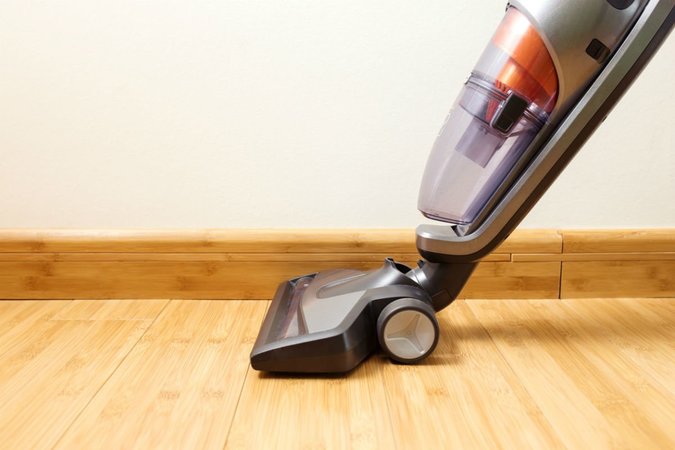A microwave oven is one of those appliances that fit almost all lifestyles.
Do you love cooking? You need a microwave. Are you the fix-a-quick-dinner type? You’ll still need a microwave.
This machine is an absolute necessity in any kitchen. A lot of manufacturers know this, and that’s why we have a multitude of them producing microwaves.
Of course, this does not mean that all microwaves are great for use. Some are so haphazardly made that you won’t get your money’s worth out of them.in this article, we’ll be explaining the features of each microwave models so you can decide which one best fit your requirements.
We checked out everything from small, medium, and large countertop microwave ovens to over-the-range microwaves. We also looked at some built-in microwaves. Find out what we discovered below.
What Should You Consider Before Buying?
Your Budget: Some microwaves are more expensive than others. For example, countertop microwaves are the cheapest of the three microwave types.
Still, depending on how much you have to spare, you can buy a small countertop oven for as cheap as $50 or get a bigger sized one for between $100 and $200. Meanwhile, OTRs (Over-the-range) microwaves cost between $200 and $400.
Higher-end models like those designed to be built into walls and cabinets start at $400 and are over $1,000.
Available Space : Many times, the available space in your kitchen for a microwave oven can help you decide just the kind of microwave you need. Is there space on your countertop? Would a tall microwave fit in your kitchen? Make sure to factor in the height and weight of the microwave before buying.
Microwave Type
The most common microwave type is by far the countertop model. However, the over-the-range oven model (which is installed over the range) is also an option.
Finally, the built-in model is designed to be surrounded by cabinetry or stuck into walls. Some people also look for caravan microwave which is also called camping or motorhome microwave. Decide which microwave model will work best for you.
Keep in mind that a big unit does not mean you’ll also have ample cooking space. In fact, most microwaves actually only have about 50% of the cooking space that the manufacturers claim they have. The higher the watts, the more the cooking power, though a watt difference of 100 doesn’t really matter.
Below is a breakdown of each microwave models.
Countertop Microwaves
The most appealing thing about countertop microwaves is perhaps their price and ease of installation. All it takes to get a countertop oven working is merely placing it on a countertop and plugging it into an outlet dedicated to your microwave.
Just make sure to observe the external dimensions of the unit and compare it with your available space. Keep in mind that stainless finish looks high end and is most people’s favourite finish. You might like it too.
- Usable Capacity
The small microwaves have 0.4 – 0.5 cubic feet capacity
Medium has 0.5 – 0.8 cubic feet
Large has 0.7 – 1.5 cubic feet
- Watts
Small has 700 – 950 watts
Medium has 800 – 1,200
Large has 900 – 1,250
- Price
Small microwaves cost $60 to $150
Medium-sized cost $70 to $500
Large cost $120 to $550
Over-the-Range Microwaves
OTRs, also known as over-the-range microwaves, are vented to the outside. As their name implies, these microwaves are put over a range and not on a countertop.
However, OTRs with OTR vents don’t also come with a range hood. Plus, you won’t get this unit working without the help of an electrician.
- Usable Capacity
0.6 – 1.5 cubic feet
- Watts
Between 850 – 1,100
- Price
Between $130 – $1,200
Built-In Microwaves
Unlike the previously mentioned microwave ovens, the built-in microwave is very difficult to install. Usually, the built-in oven is installed between cabinets or within a wall. This is why you tend to find these microwaves beneath the countertop.
They are made to fit in with the cabinets making them less noticeable and easy to access. When you install this kind of microwave beneath a wall oven, you’ll get a very integrated and sleek look.
- Usable Capacity
Around 0.9 – 1.1 cubic feet
- Watts
Between 950 – 1,100
- Price
Between $380 – $1,440
Conclusion
Microwave ovens of the same model can often have different prices. This depends on the size, capacity, and whatever additional features come with them.
We advise that you go for microwaves with higher watts as they tend to deliver more. Also, choose a trustworthy brand, so you don’t have to worry about durability.


